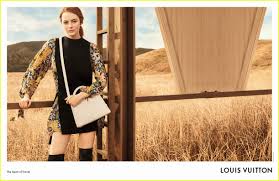By Jennifer Castro, CMGT 541(A)
A luxury yacht, fine wine, diamond necklace, new fragrance or handbag – who are we likely to see as the face of these ads? The answer is most likely a Millennial. Unfortunately, as advertisers, we are forgetting about a major audience segment that currently has significant disposable income and make up a large audience of the luxury consumer market: Baby Boomers. So why aren’t we seeing more luxury goods being marketed to them?
According to a 2017 Forbes article written by NJ Goldston, 77 million baby boomers make up the luxury market and during 2017, 70% of the disposable income in the U.S. was controlled by baby boomers (Nielsen, 2012). So how might the shopping preferences of a Baby Boomer differ among the luxury market versus those of a Millennial? Goldston (2017) notes that the 2018 luxury consumer is looking for a one-of-kind, unique item in an environment that is not found anywhere else – they are looking to have an experience in the retail environment. In a 2017 Wall Street Journal article, luxury product analyst Patrizia Arienti noted that 72% of luxury product purchases by baby boomers are made in stores and 28% are made on computers or mobile devices. This suggests to luxury brands to place emphasis on how their in-store, in-person experience is for the Baby Boomer luxury shopper.
While focusing on the Baby Boomer audience in the luxury good market could provide a positive business outcome, advertisers should continue to plan and project for the economic impact millennials will have on the luxury market in the future. According to a recent study conducted by the Boston Consulting Group (BCG) and Altagamma (2018), luxury brands should focus on marketing to millennials and Chinese consumers over the next six years. The study notes that millennials will account for nearly half the market of luxury consumer goods by 2024, and that Chinese consumers are driving the most growth of luxury goods by about 70% (BCG, 2018). The current spending power of baby boomers right now is certainly something that shouldn’t be ignored by advertisers, while preparing for the economic impact Millennials will have in the future on the luxury good market.
References:



One Response to The Finer Things in Life: Who’s Buying?